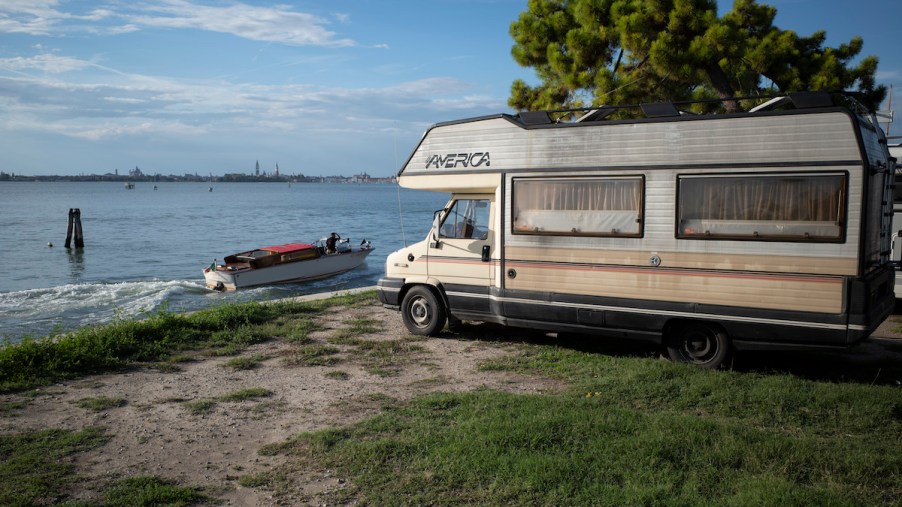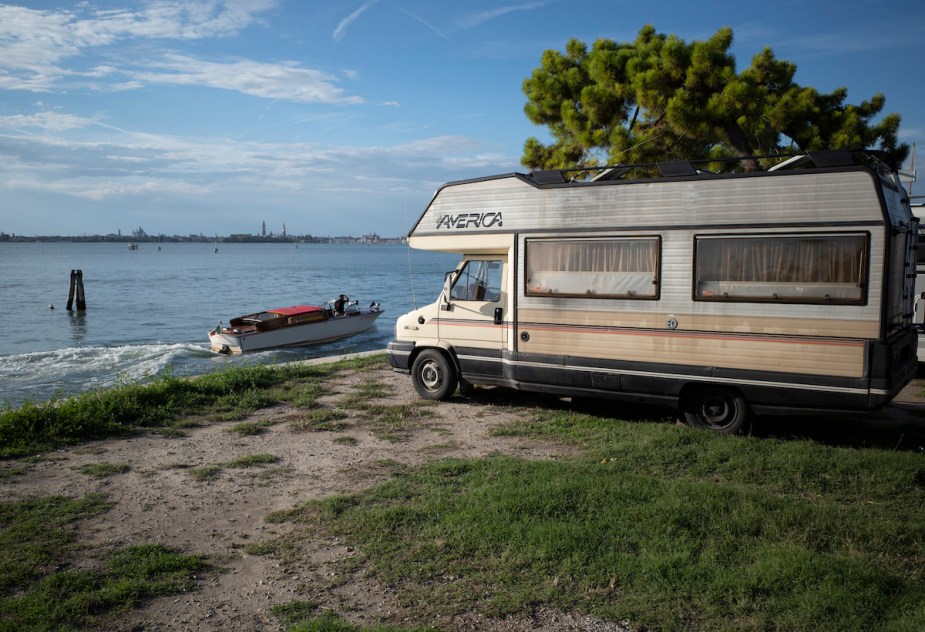
Does the 3/3/3 RV Road Trip Rule Actually Work?
Whether you’re an RV veteran or are planning your first RV road trip, you might have heard of the 3/3/3 rule. This popular road trip rule can supposedly make an RV trip safer and less irritating. However, does the 3/3/3 rule work, and is it something you should use on your next adventure?
What is the 3/3/3 rule?

Drivin’ & Vibin’ explains the details of the 3/3/3 rule for RV road trips. Generally speaking, the rule features three “3’s” that dictate how far a person should drive in a day, how frequently they should stop, and when they should arrive at their destination for the day.
The first “3” refers to 300 miles, the maximum distance the rule states you should travel in your RV in one day. The idea behind having this limit is that the moods of drivers and passengers get worse throughout the day as they spend long hours on the road. Three hundred miles is a reasonable travel distance while keeping everyone in decent spirits.
The second “3” means you should find a place to stop once every three hours. Stopping gives everyone in the car a chance to stretch, refuel, and plan for the trip’s next leg. Stopping like this can leave everyone feeling refreshed and ready for more driving.
The last “3” means 3:00 pm. This may be the most controversial part of the 3/3/3 rule, and it means that you should plan to stop driving for the day at 3:00 pm. RV drivers might disapprove of this rule, as there is still plenty of daylight left this early in the day, but stopping at 3:00 pm gives you time to unwind and enjoy your destination for the day. Resting today means feeling rejuvenated for tomorrow.
Reasons why the 3/3/3 rule might work
Vacations in an RV should be fun, and the 3/3/3 rule is designed to make RV trips more fun and less stressful. In this sense, there is validity to the 3/3/3 rule. One reason it might work is that it helps decrease drivers’ fatigue risk. The longer you drive, the more your muscles might ache, making driving significantly less pleasant. Frequent, planned stops give you time to relax so that you don’t push yourself too hard.
Stopping for the day at 3:00 pm might seem excessively early, but this could make a trip safer. Visibility is lower when driving at night, so being at a destination before it gets dark could prevent accidents. Also, drivers have likely been driving all day by 3:00 pm, and even with frequent stops, they are probably experiencing some degree of fatigue by this time. It is a good idea to find a place to park so that you can relax and recover for the next day’s part of the trip. Plus, by this point, you might already be close to the 3/3/3 rule’s limit of 300 miles for the day.
Should you use the 3/3/3 rule?
Using the 3/3/3 rule could make road trips feel more like relaxing vacations instead of stressful challenges. If you have an RV and are interested in the 3/3/3 rule, it is certainly worth trying the next time you hit the road. Of course, the limits of the rule don’t have to be set in stone, and they can be changed to best fit your situation. Maybe you will need to drive 350 miles daily to reach a particular destination or drive slightly past 3:00 pm, which is perfectly OK.


